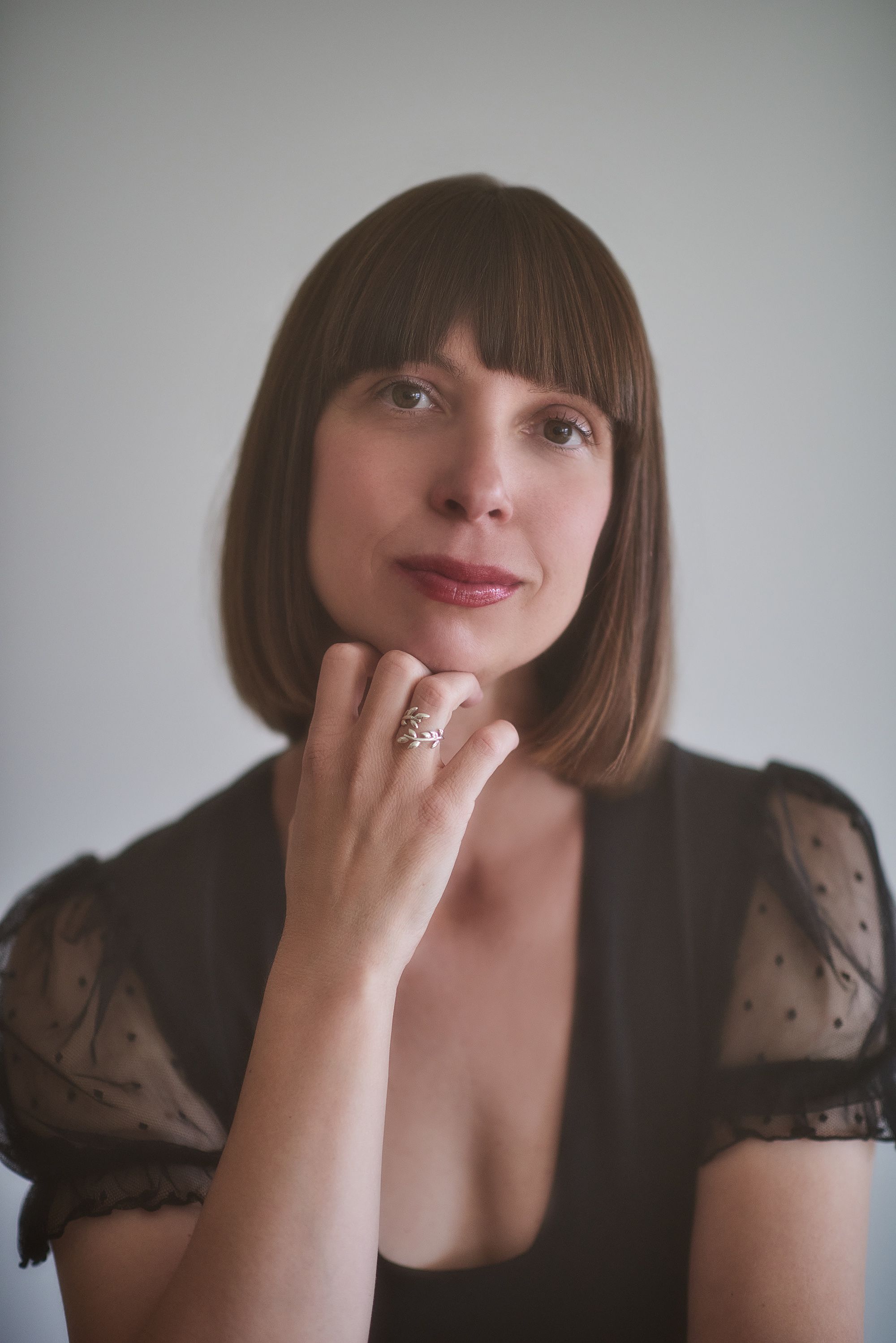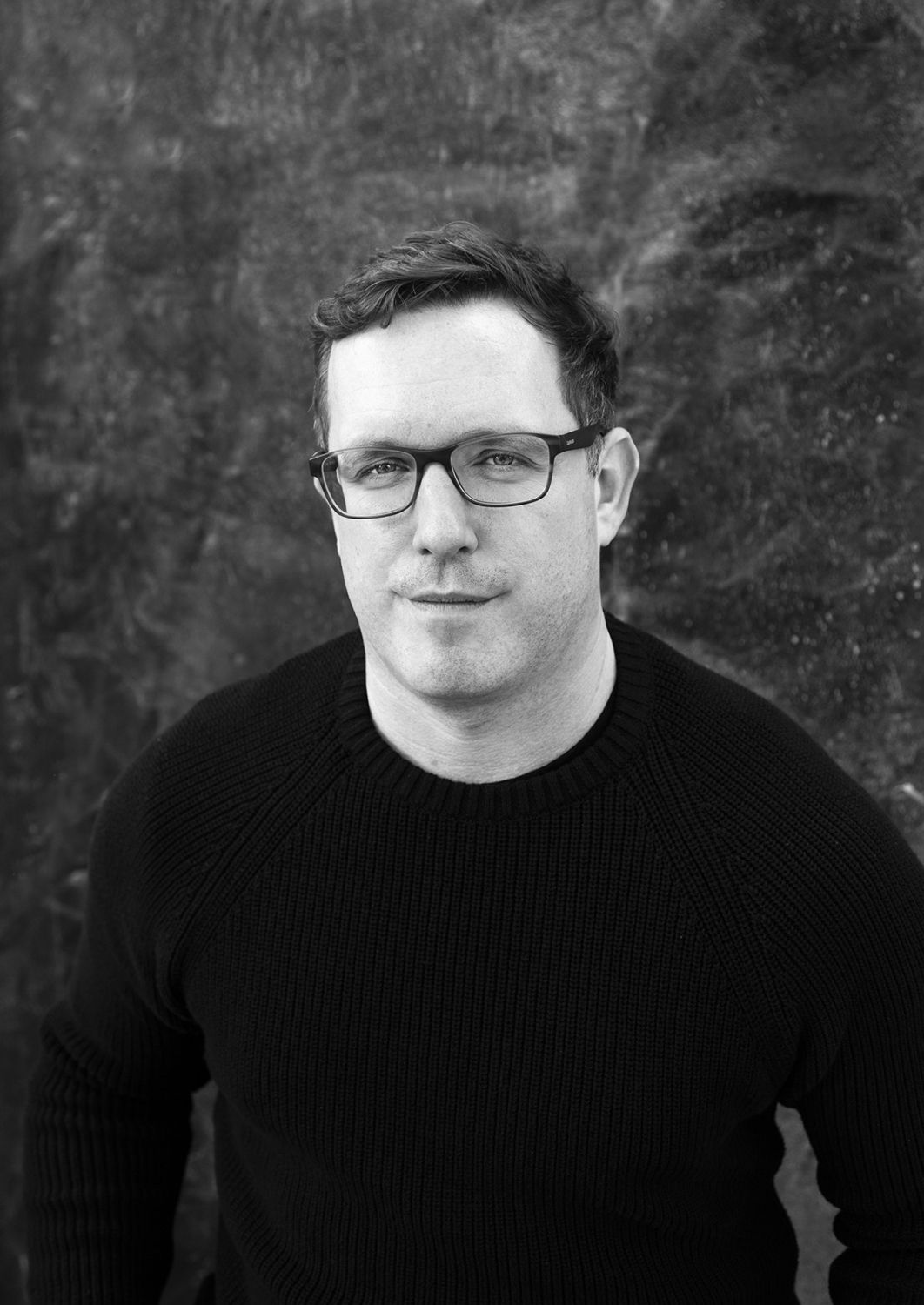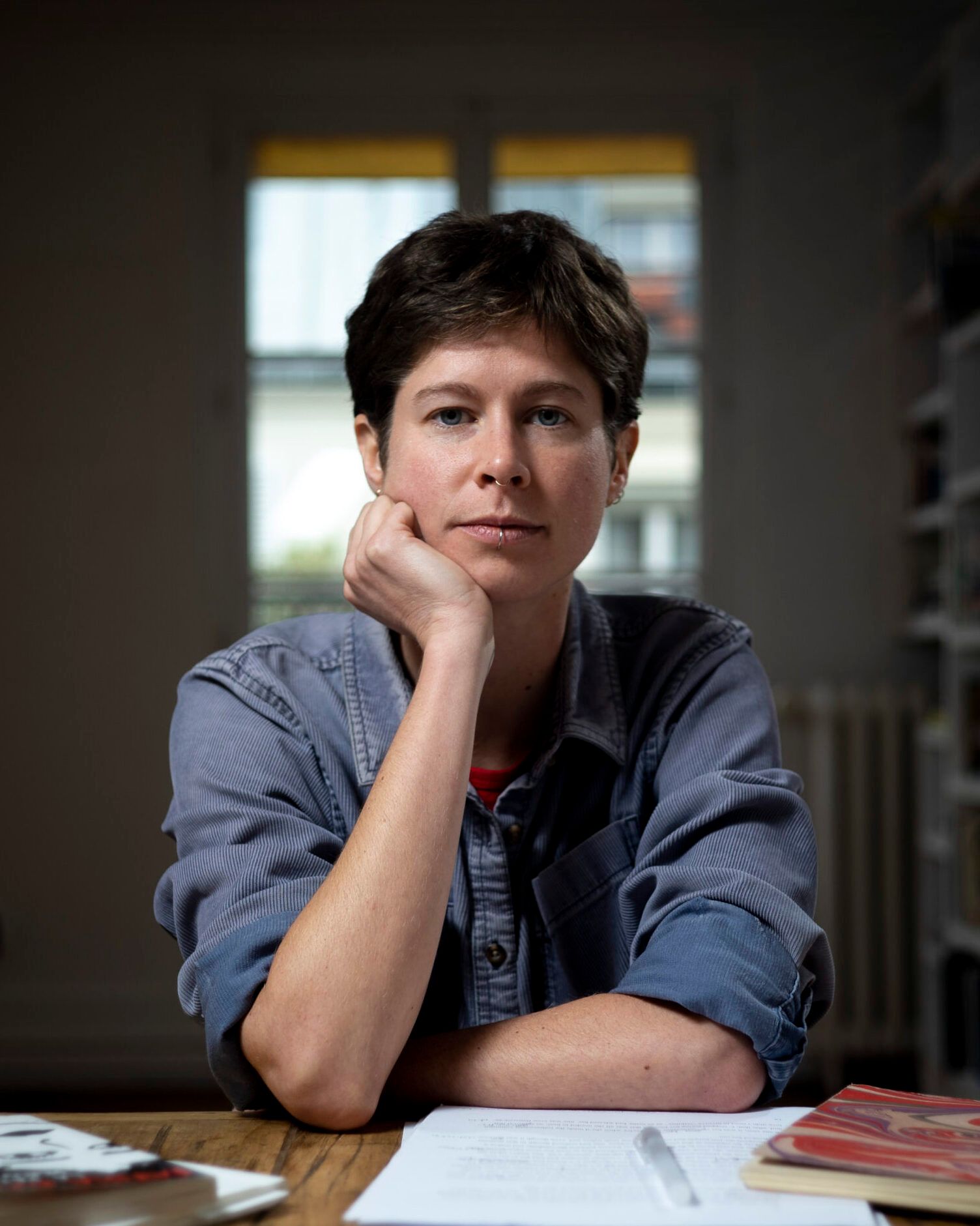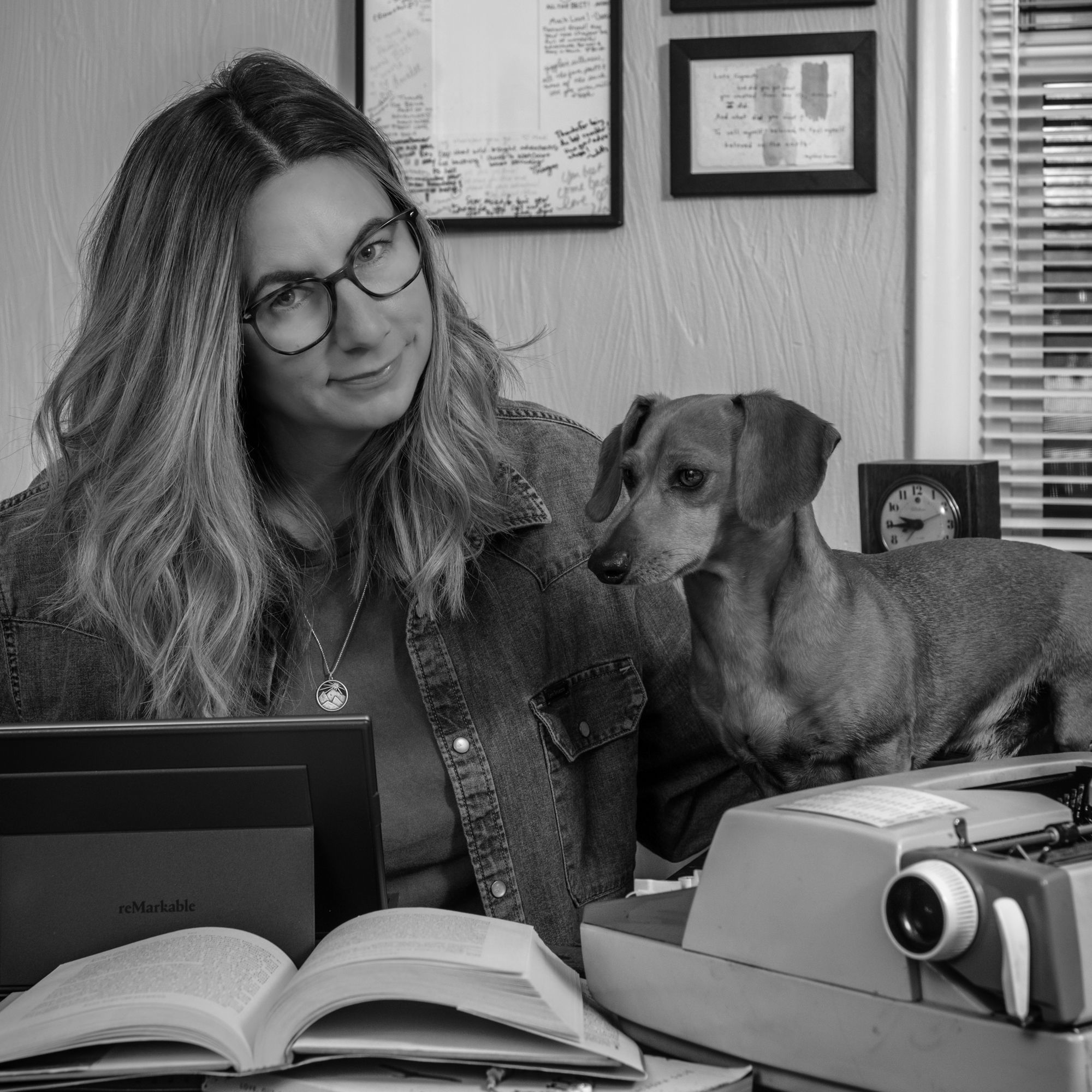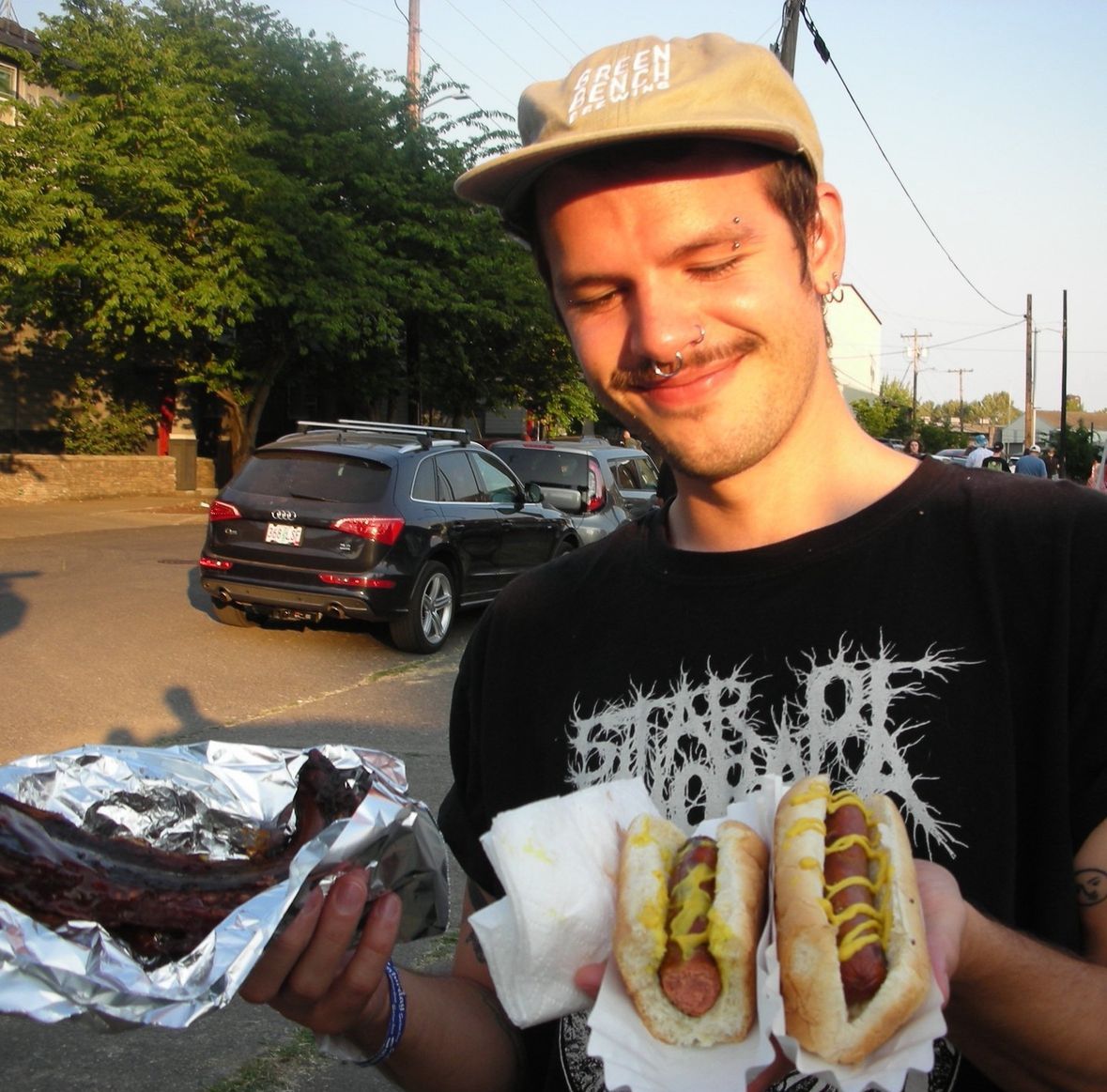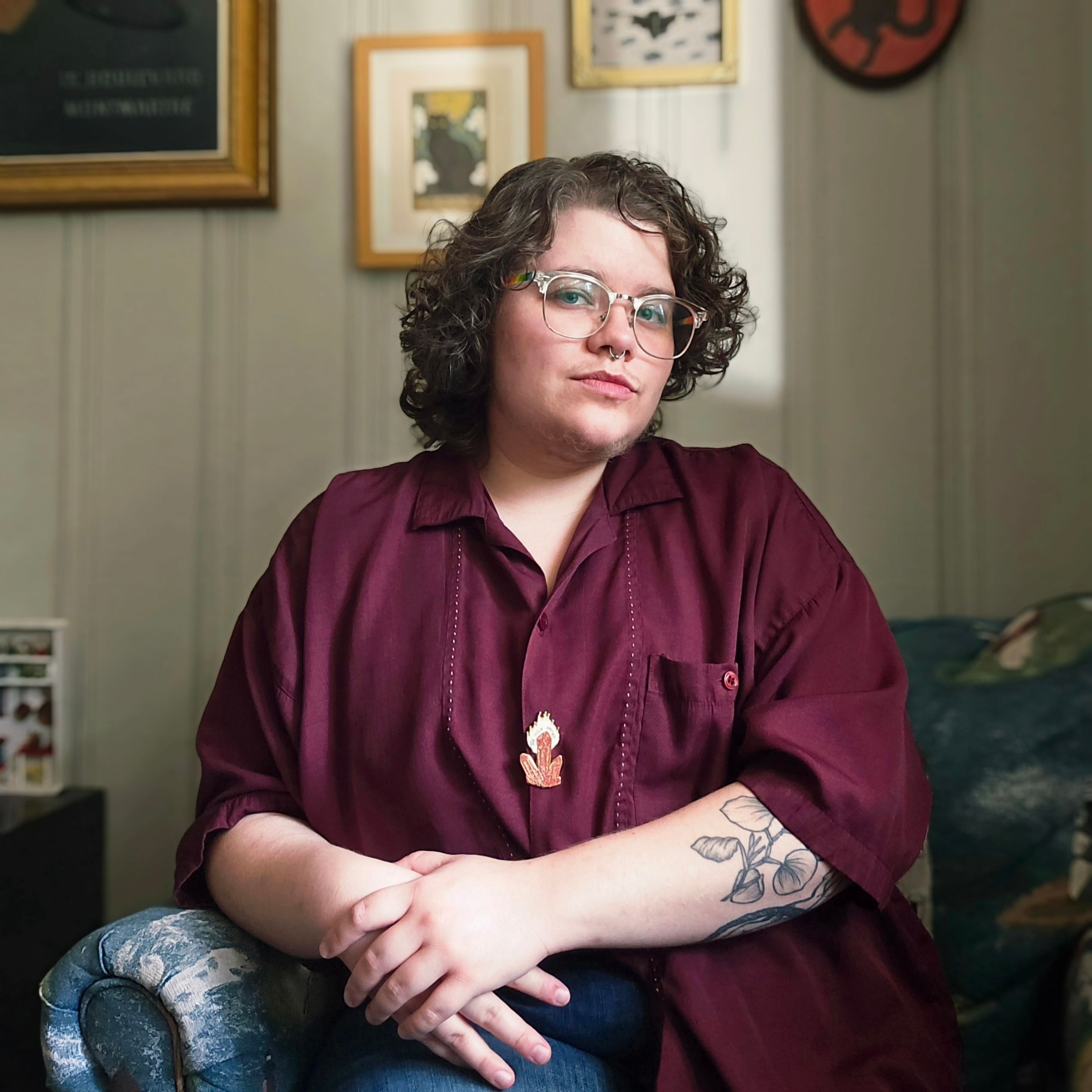Montserrat Andrée Carty: One of the many parts of your book that resonated with me was around the powerful lessons you learn about the self through your romantic relationships. Did you arrive at these insights first off the page, or did the writing process provide fresh realizations?
Leslie Jamison: Romantic relationships are always crucibles of learning—this is how I get irritable when I’m afraid that someone’s falling out of love with me; I understand love as a language spoken through the dialect of shared time; I need my partner to start the day by looking at me before looking at his phone, I’m afraid of conflict because I’m afraid that every fight withdraws a bit of money from the savings account of someone’s love for me—and it’s one of the reasons I love writing about love: it’s a constant education, a constant process of transformation, a constant humbling.
For me there are insights that I’ve come to in life, and I want to bring them to the page, but much more frequently the process feels less sequential, and more symbiotic: I’m arriving at insight by drafting and revising and returning. Revision is inseparable from insight-seeking, for me—when it comes to revision, I feel I’m always seeking the sharper, more nuanced, more vectored version of the truth through the process of revision. For example: realizing that in my love affair with the charismatic, itinerant musician I call “the tumbleweed” it was not just (or mainly) that I wanted him, but that I wanted to be him. That sense of how we sometimes fall in love with people in part because we want to become them—or we want a kind of freedom or capacity or joy they embody—that simmered up in revision.
In Splinters I was also interested in dramatizing moments of realization—especially moments with friends where they invited me to see my life differently, or more clearly, than I’d seen it before. I wanted to dramatize insight as something collaborative in this way, co-created.
MAC: I love that you focus on the romance and heartbreak of female friendship in this memoir, too. You write (of your close friends) “...with all of them, I found a version of the safety my mother first introduced me to: You don’t have to keep earning me. I’m here.” For many of us, some of the greatest loves of our lives are friends and yet so often (at least in this culture) the spotlight is on romantic relationships. Could you talk a little more about what friendships offer you that romantic relationships don’t or can’t?
LJ: My whole life, I’ve had friendships that felt like falling in love: consuming, intoxicating, giddy, obsessive. In high school I’d spend all day with my friends at school and then talk to them for hours on the phone at night. In college I lived with my best friend and we stayed up so late talking every night, then woke up and picked up the conversation over breakfast.
I’ve always experienced my friendships as dynamics in which I didn’t need to do as much curation, dynamics that could hold the whole mess of me—they never felt pristine in the same way I always wanted my romantic relationships to be, free of conflict or tedium. (To be clear, my romantic relationships never were pristine, no intimacy is—but I desperately wanted romance to be free of boredom, pettiness, all my insecurity and jealousy and all the parts of myself I liked least.) Perhaps some of this came from having a mother I never felt I needed to impress quite as much as I felt I needed to impress my father.
Over time, and this was something I wanted to write into in Splinters, I’ve also felt my close friendships as repositories: vessels that held prior versions of myself and my life, reminders of the fact that my life is longer and broader and deeper than any particular moment. (These reminders are useful when you tend to live inside the present as if it were an infinite state that will never end.)
MAC: In Splinters, you write about people close to you (parents, ex-partners, friends and your beloved daughter), with love and openness, and also, what feels like absolute honesty. The perpetual question in the memoirist’s mind seems to be, how do I write the story I need to tell without hurting the people I care about? One of my MFA mentors would always say, “your story is yours to tell.” And yet, it’s something I know many writers of first-person narratives still struggle with. I wanted to ask you about how you approached this for this book in particular?
LJ: It's such a great question! It’s been tempting for me to feel that there’s some “right” way to approach this, and it’s both liberating and terrifying to realize that this isn’t the case: that there’s no single right answer. All the writers I know who draw from their lives in their work answer it a bit differently; and for me it comes down to a practice I’ve developed over time—which is that I always offer to share the work with everyone who appears in it, well in advance of its publication, and to invite their feedback—and an aspiration: I want to tell exactly the parts of the story that need to be told, no more and no less, and am aware that this curation allows some of life to remain just there…in life. At the same time, I want to create an experience for a reader that feels whole; that feels entirely complete. But that felt so liberating to me—the idea that an experience could feel aesthetically complete without narrating everything from life. That I was creating an experience for a reader that was distinct from what I’d lived, and that I could in fact keep everything private that I wanted to keep private, while still building a world and an arc for a reader that made its own rules, its own gravity, its own terms, its own boundaries.
As for the first part, about sharing the work with the people who appear in it, I’ll say a few things: I don’t usually offer veto power, just that I’d welcome their thoughts and feedback and will absolutely edit from that feedback; and the text almost always end up richer and deeper and more complicated on the other side of incorporating their feedback (rather than crippled, limited, or constrained.)Also: I’m always surprised by the reactions that emerge. People aren’t upset by the things I imagine they’d be upset by. They remember things differently in ways that remind me that reality is never fully shared. There’s a useful, necessary humility in being surprised by how people respond—realizing that I can’t anticipate what they’ll say before they say it. That’s why I need to keep asking.
MAC: About one of your previous books, you write: “I usually described it as a book about drinking, though honestly it was a book about the only thing I ever wrote about: the great emptiness inside, the space I’d tried to fill with booze and sex and love and recovery and now, perhaps, with motherhood.” I think it’s so common for writers to find we write about the same big thing dressed in different clothes, right? Do you find describing a book in one way can give you a new pathway into the subject?
LJ: Recurring obsessions? Check. My incredible former editor Jeff Shotts—who worked with me on my essay collection The Empathy Exams, at Graywolf—once joked with me that my next book would be called, More Empathy Exams, and then, Even More Empathy Exams…like that series of kids’ ghost stories: More Scary Stories to Tell in the Dark. He wasn’t saying my range was limited, I think—he just understood this about writers, that we circle certain subjects the way sharks circle their prey…we smell blood, we can’t stay away; we splash around in the water and when we see a chance, when we spot an angle, we go in for the kill. Maybe I’m channeling the moment in my book where I call myself an art shark, because I’d move through the hallways of the museum without stopping…the way some sharks can’t stop moving if they want to keep the water moving through their gills, or so I’ve heard. You can always count on a writer for terrible pseudo-science repurposed as metaphor J.
I definitely find myself returning to some of the same subjects from different angles—as you say, different pathways—and I find the subjects (empathy, intimacy, loneliness, desire) are renewed not only by the variety and variance between these pathways—an essay about a blue whale with a strange song, and a memoir about single parenting can both be about loneliness, but feel totally different in their tones and their textures—but also by their intersections. Which is to say: my obsessions combine and recombine in different ways. Splinters feels like it’s building on my earlier books’ obsession with thresholds of transformation (pain as a threshold; sobriety as a threshold) but pushing it to new territory: Divorce as a threshold. Motherhood as threshold. When we cross these thresholds, what parts of ourselves do we leave behind and which parts remain
MAC: I’d love to talk to you about revision. You say that in writing, the “removals were a form of rigor. But in life, they felt like cruelty.” In the revision process, we sometimes have to remove lines, passages and pages that we grow attached to, in order to ultimately make the thing we’re writing (poem, essay, story) stronger. Sometimes we have to let go of a relationship (or the idea of what that relationship could be) that has parts we absolutely still love, even as we know it’s necessary. Can you speak a bit more about what revision in writing has taught you about the revisions of life and self?
LJ: Okay, another fantastic question—and I want to answer in a thousand different directions so I’ll just choose three. Revision teaches me that I don’t have to figure out everything all at once (i.e. certain kinds of work can happen in the first draft, and other kinds of work can happen further down the road); that there’s often a more complex version of the truth lurking underneath my first response; and that sometimes less is more, as they say—that when you take away what isn’t necessary, everything that remains can sing more clearly. Each of these truths of textual revision has bled into my ideas about living in some way: giving myself permission to tackle different problems sequentially—right now I need to help my daughter figure out how to fall asleep at night, and maybe in six months I can figure out how to design a new lecture course—pushing myself to get at the insights lurking underneath the convenient or ready-to-hand epiphany; and figuring out what kinds of clutter are getting in the way of my fully inhabiting or reckoning with what’s essential. Even on the level of friendship, for example: Who are the people I most crave time with, and how can I organize my life more fully around them?
MAC: You write about one of my personal favorite pastimes – daydreaming about a parallel or alternate life. The path not taken. As you write: “Being an adult meant watching many possible versions of yourself whittle into just one.” I so appreciate you giving language to these internal conflicts that feel (at least to me, at age 41!) more sharply acute at midlife. I suppose I don’t have a question but rather just wanted to open this to hear you speak a bit more about this!
LJ: Can I defer this question by saying that I am, in fact, working on an entire book about daydreaming? It’s called ON DAYDREAMS and I’m actually almost done with a first draft. It’s very much about the way that daydreaming alternate lives is woven into the texture of living any particular life. The book draws on my own life as a daydreamer, the literature of daydreaming—everything from Madame Bovary to Bachelard’s The Poetics of Space—the science of daydreaming, pioneered by an absolutely fascinating 1960s psychologist named Jerome Singer; and the dark side of daydreaming, the clinical diagnosis of maladaptive daydreaming. One of the core questions of the book is absolutely about life trajectory: How do our daydreams reconfigure themselves across the decades of our lives?
MAC: Lastly, I must ask about the amazing book cover! What was the genesis of the gorgeous collage design?
LJ: Thank you! All credit to the amazing Gregg Kulick for the incredible design. He’s a genius. But it was definitely a collaborative effort: I loved the idea of a collage for a few reasons: because it tapped into the book as a cohesive work pulling together shards of experience, because it captured the role of art and beauty as sources of salve and engines of presence and wonder and survival; because it drew from the materials of the book—myself as a woman, and as a girl (I’m on it twice, yikes!)—and even the Gowanus Canal, that dirty Brooklyn waterfront that saved me and my daughter on long pandemic outings. But there’s also a secret layer to the collage cover: my mother and I have made collages together my whole life, and insofar as the book is a few different love stories intertwined, it’s definitely the story of my love for my mother—so it felt appropriate that the cover would be an ode to this language we’ve shared across the years.

